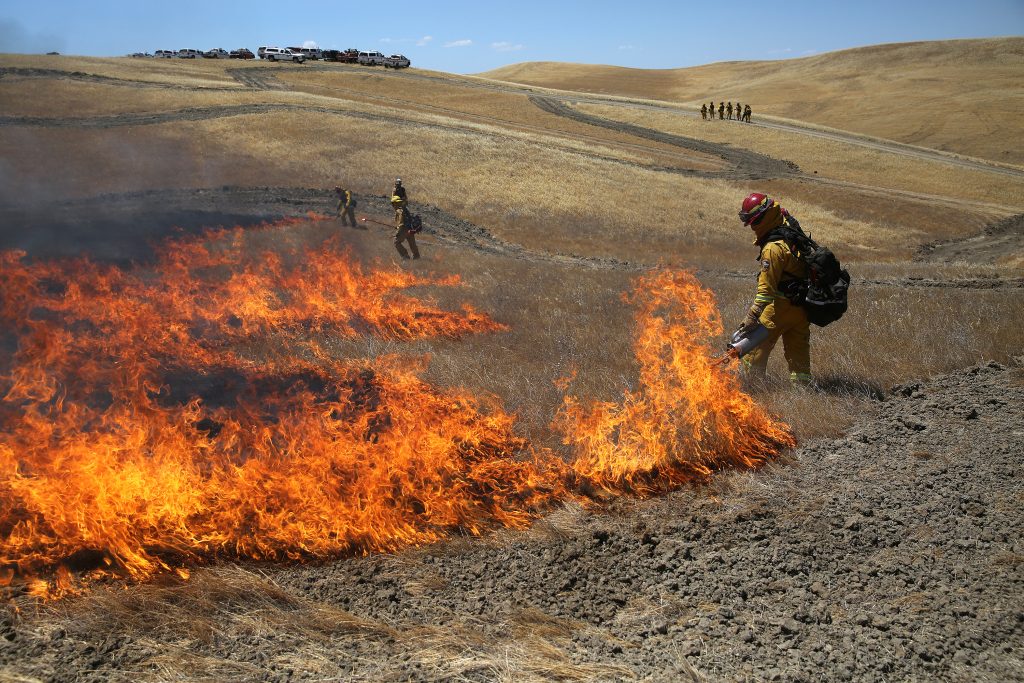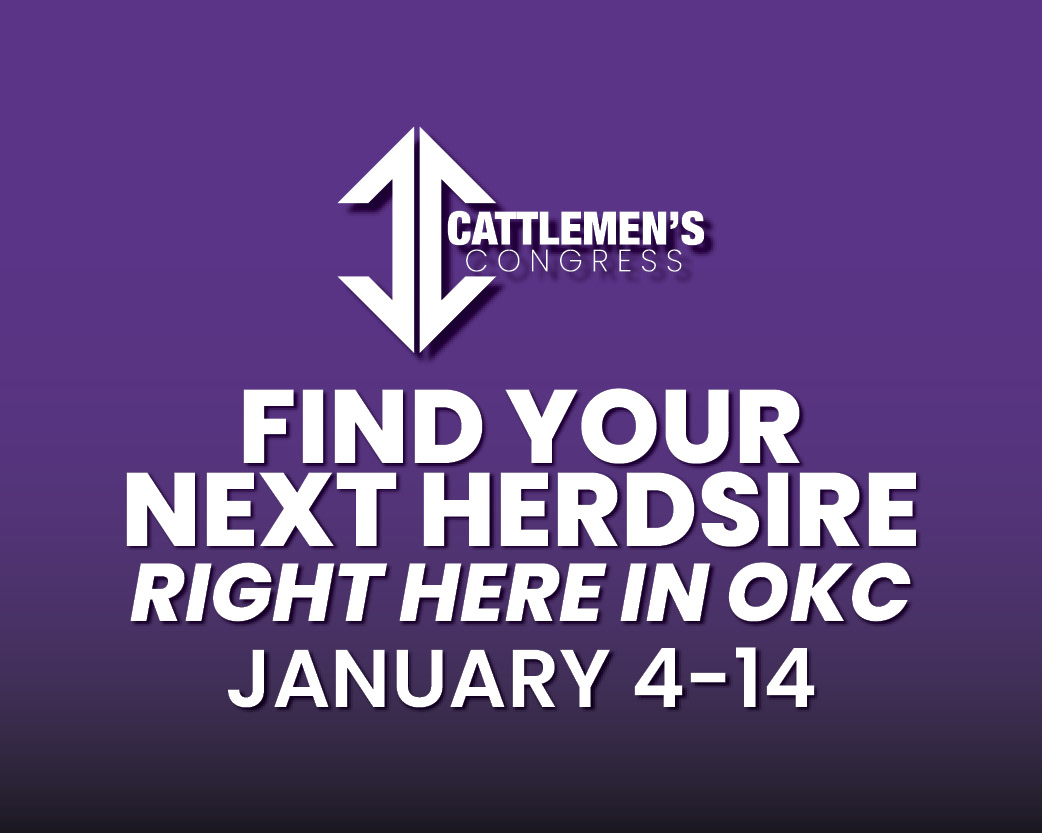
Recent wildfires have devastated Oklahoma’s agricultural landscape, leaving producers reeling. In a recent interview, with Farm Director KC Sheperd, Oklahoma State University’s Dr. Amy Hagerman offered crucial advice for those affected and outlined available assistance programs.
“Yeah, the first thing is always safety when getting back into those areas,” Dr. Hagerman emphasized. “Make sure the hotspots are out, and you’re cleared to get back into those areas. Then it’s assessing damages safely.”
The fires, characterized by their intensity and widespread impact, have resulted in significant losses, including livestock, barns, machinery, and pastures. Dr. Hagerman stressed the importance of meticulous documentation. “Pictures and video are going to be really important early on. Document those losses, and get them into the appropriate organizations,” she advised, urging producers to contact the Farm Service Agency (FSA), crop insurance agents, and insurance companies promptly.
Navigating the various assistance programs can be complex, as different types of losses require different approaches. “We’ve got a fact sheet coming out in the next couple of weeks and in it, we’ll walk through each one of those programs that are for each different kind of loss that a producer experiences,” Dr. Hagerman explained.
For livestock losses, the Livestock Indemnity Program (LIP) accessed through the Farm Service Agency, offers crucial support. “Now this is a unique program in that it’s not just for the cattle that died in the fire, but if you had cattle that had injuries that had to be euthanized, they’re also eligible for that program,” she clarified. “Also cattle with injuries that had to be culled from the herd are eligible for this program. If you are still able to recoup some market value by selling them as cull cows, you can still get money from the program, but it will be the difference between what you got at the sale barn and what the program would actually pay.”
Damage to fences and pastures falls under the Emergency Conservation Program (ECP). “This program is unique in that it isn’t full-time available. You have to request it from your Farm Service Agency office,” Dr. Hagerman noted, highlighting the importance of early application. She also cautioned, “It’s important not to remove the fence until FSA has given the all-clear that they will accept your application.”
Hay and grazing losses are addressed by the Emergency Assistance for Livestock, Honeybees, and Farm-Raised Fish (ELAP) program. “The ELAP program is going to cover a couple of different things. First, it’s going to be the cost of bringing the hay onto your operation,” she explained.
Dr. Hagerman also mentioned the FSA’s emergency loan program, which can assist with replacing burned-down structures. “They do have an emergency loan program that can help cover replacing things that have burned down in the fire,” she said.
However, some losses may fall outside these programs. “Equipment I think is one of those things that can fall outside of those programs,” Dr. Hagerman acknowledged. “And it’s important also to realize that none of these programs pay for 100% of what’s lost.”
Looking ahead, Dr. Hagerman urged producers to take preventative measures. “We are not out of danger yet,” she cautioned, emphasizing the continued risk of wildfires. She recommended consulting the OSU fact sheet “Wildfire: Preparing the Farm and Ranch” (IDE 1048) for guidance on fireproofing homes, buildings, and equipment. “Do you have a gravel lot that your equipment is sitting on, or is it sitting in tall grass? If it’s sitting in tall grass, you’re more likely to see some damages from fire than if you’ve got it sitting on a gravel pad somewhere.”
She also stressed the importance of creating firebreaks and having an evacuation plan. “Do you have an evacuation plan for your livestock for your home?” she asked.
Finally, Dr. Hagerman highlighted the new ECAPs program and reminded producers of upcoming deadlines. “April 15th is a big deadline. The ECAP applications are due by April 15th; also, your ARC and PLC election is due by April 15th,” she said.


















